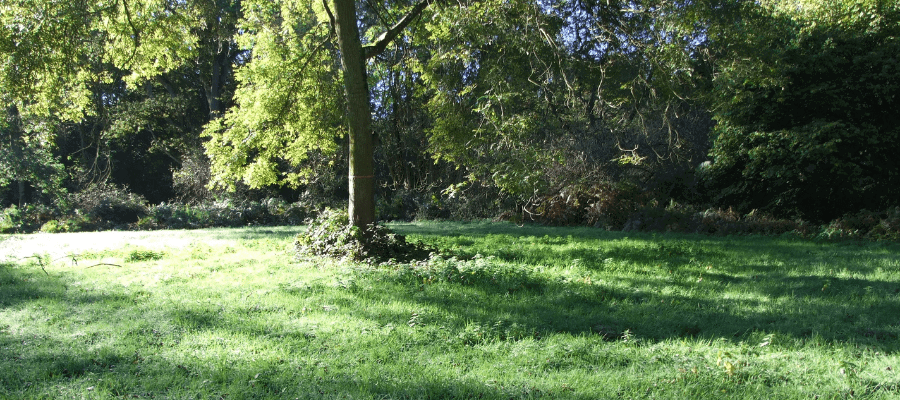Services > Specialist Forensic Service > Walkover Survey
Walkover Survey
See also:
Forensic Anthropology
Forensic Archaeology
Spatial Analysis and Mapping Service
UAVs
Archaeological Excavation
3D Crime Scene Modelling
Diatoms
3D Digital Body Reconstruction
Entomology
Soil Botany Pollen
Bones ID

The first stage of many archaeological scene examinations and inspections of search areas will be a non-intrusive walkover survey.
This methodical process will identify and interpret indications of disturbance or landscape change to understand whether they are man-made or natural and if they are likely to relate to the timescales that are relevant to the investigation. The anomalies can then be prioritised for archaeological excavation.
- Where a grave or concealment site has already been identified, the survey will be important to determine whether any associated features are visible in the surrounding area
- Where a grave or concealment site has not yet been identified, this type of survey is essential in order to identify possible features of interest and to prioritise them for archaeological excavation.
